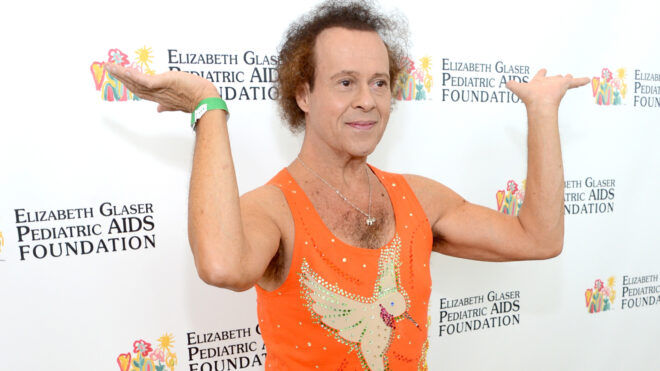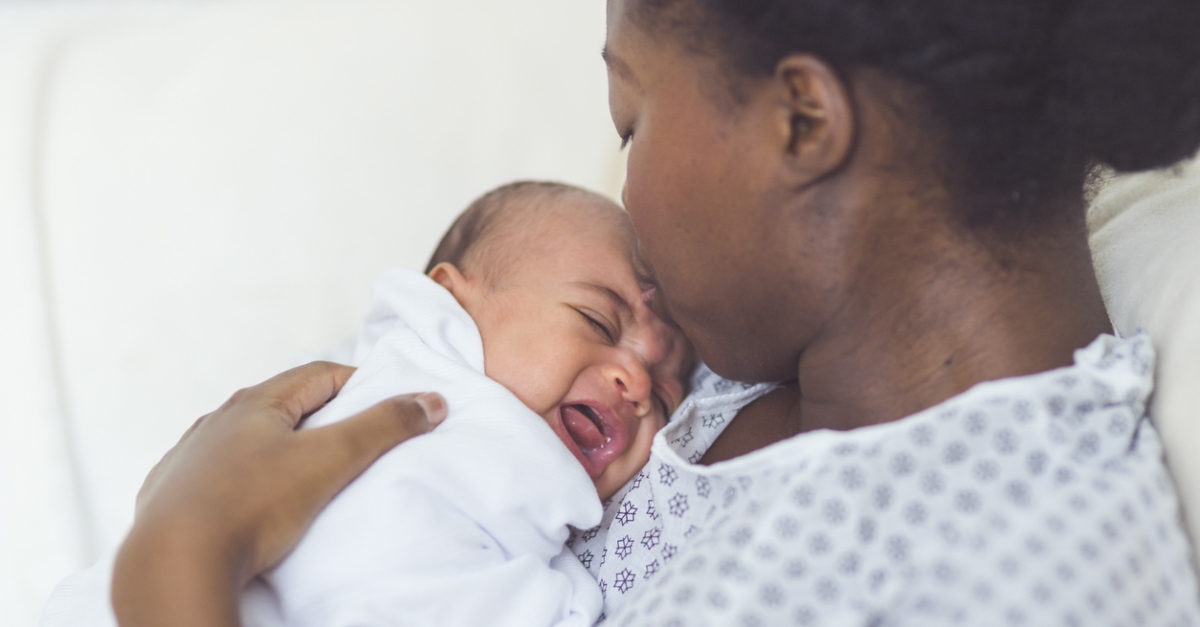
Labor is traumatic. Can you even begin to imagine? Your body is cracked open like a nut. If you survive it, in time your body will heal. But there's no time for that. Just as you're being sewn up, or your placenta is gently extracted, or you awaken from anesthesia, you're expected to breastfeed and form a deep and immediate bond with your baby. The only question anyone will likely ask you about your birth experience is how many hours it took. In that way, you seemingly quantify the pain you endured. But this number fails to do justice to what you may have suffered in the delivery room. Being in labor is an experience perhaps so traumatic — and transformative — that you are forever affected. Or you simply forget it; you lock it away because that is expected of you, too. But like anxiety and postpartum depression, isn't it time we begin to recognize birth trauma and its varied manifestations?
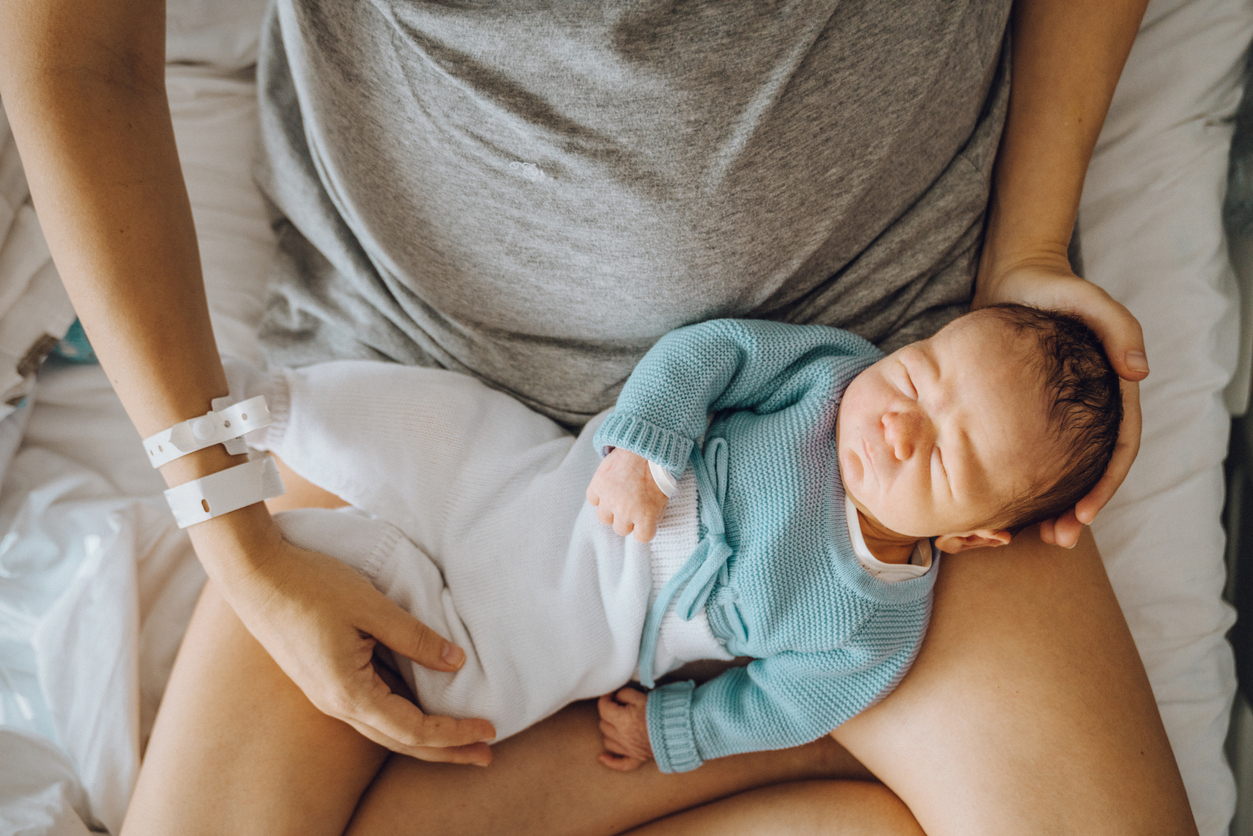
Birth trauma, or postnatal PTSD (post-traumatic stress disorder), is a deeply under-researched condition that affects about 9% of women following childbirth. Yet this number could be greater. Feelings of shame and isolation often silence sufferers of birth trauma, making it a difficult condition to quantify.
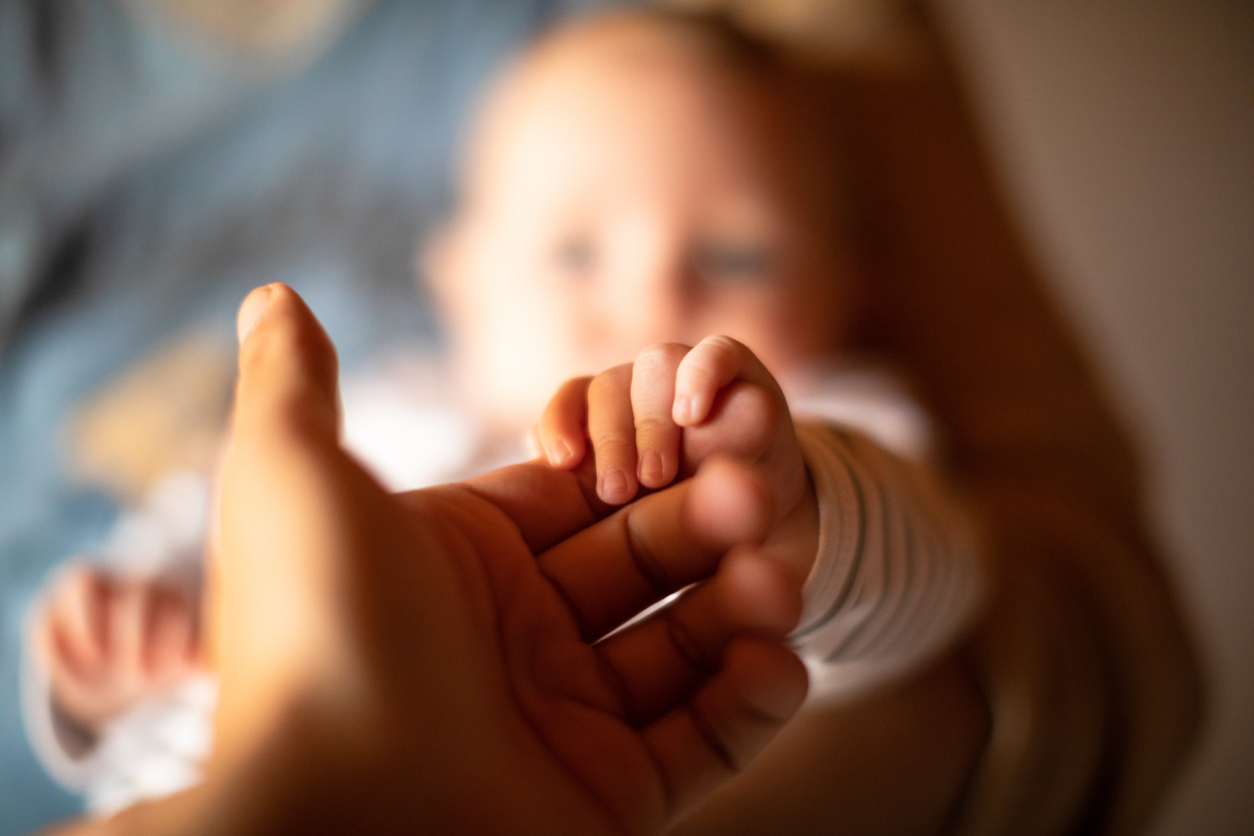
New mothers who attempt to convey symptoms of birth trauma are too often met with responses like, "The most important thing is that you have a healthy baby," which fails to acknowledge the veracity of the mother's experience. Other times, birth trauma is confused with postpartum depression. Symptoms between birth trauma and postpartum depression may overlap, but they are distinct conditions and require different forms of treatment and medication.

It's important to note that mothers aren't the only ones who experience birth trauma. Partners, medical professionals, and anyone who has witnessed a distressing birth can develop symptoms of birth trauma. This is likely to occur in complicated births where there is a risk to the life of the mother or child.
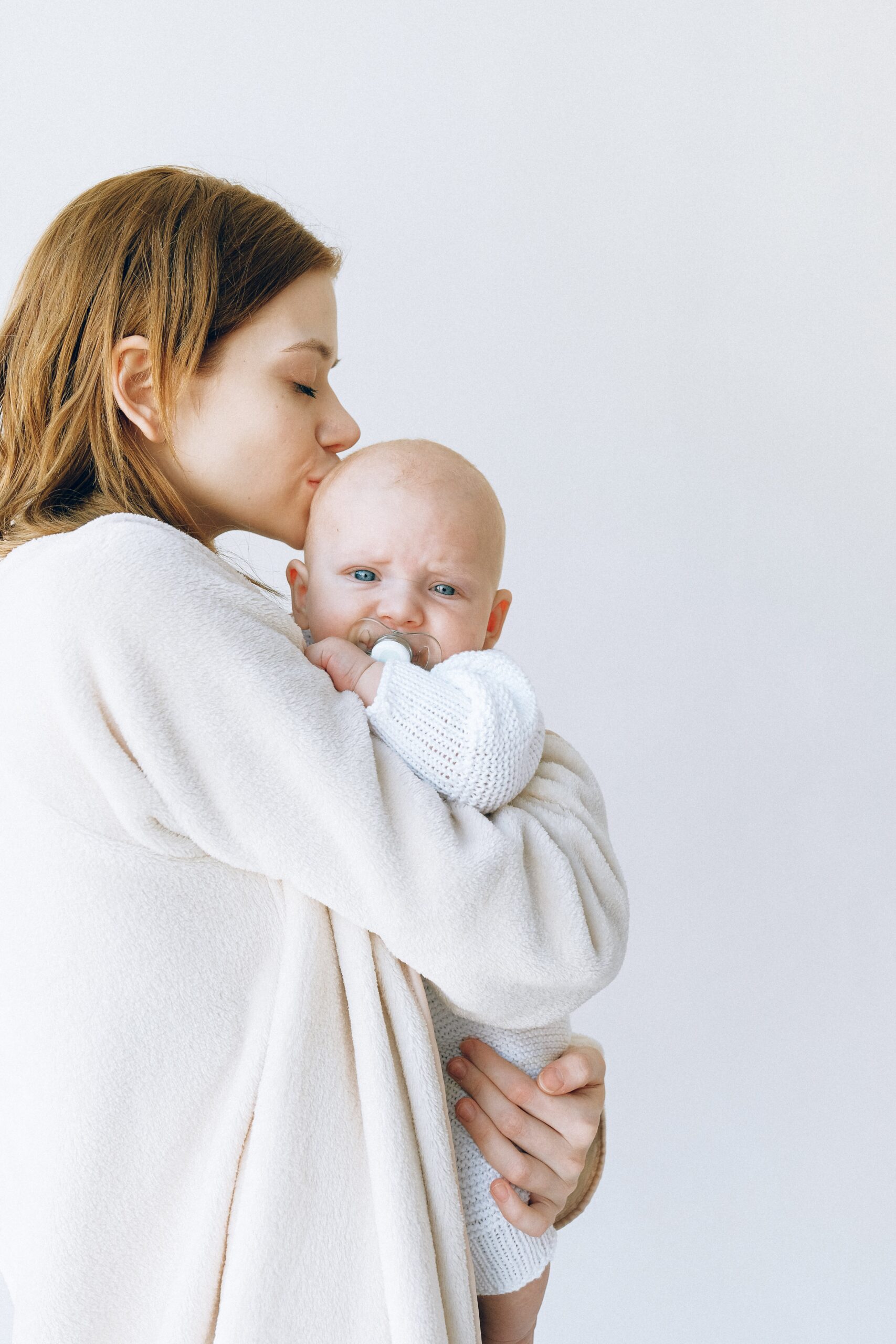
Birth trauma symptoms are broad but commonly include nightmares, flashbacks, self-destructive behavior, hypervigilance, and inability to recall the details of the incident. Sufferers of birth trauma may experience anxiety about or lose interest in intercourse, as well. Some women even cite trauma as the reason for not having more children.

Even though we don't know just how many women truly experience postpartum PTSD, there are frightening statistics that give shape to childbirth in the US. According to the Centers for Disease Control and Prevention, the US maternal mortality rate is 17.4 per 100,000 live births, which means that in 2018 about 700 women died during pregnancy or from childbirth-related causes. When compared to similar European countries, the US ranks in last place out of 10 countries. The CDC also reports that "Black, American Indian, and Alaska Native (AI/AN) women are two to three times more likely to die from pregnancy-related causes than white women," with many of these being preventable deaths. The disparity in these numbers can be put down to social, economic, and racial inequalities.
But what's the relevance of maternal mortality and its disparities to birth trauma? Just ask Serena Williams. After undergoing an emergency C-section in 2018, she told Vogue magazine in an interview, she approached a nurse while gasping for air. The nurse disregarded Serena, who believed she was suffering a pulmonary embolism, a condition pertinent to her medical history. But Serena persisted, urging the nurse to arrange the proper tests, and says she wouldn't be alive today if she hadn't. She penned her traumatic birth experience and noted that women without her level of resources often fare far worse. Bias and racism are a well-documented plague on the health care system. And if a superstar like Serena Williams can be disregarded by a medical professional, then what does this say about the average Black mother's experience in the labor ward?
Birth trauma causes, like those survived by Serena Williams, include emergency C-sections, stillbirth, the use of forceps, induction, and lack of pain relief. But women also cite causes such as lack of privacy, loss of control, not feeling listened to, or being attended by health care professionals with poor bedside manner. For women who are affected by health care inequality, postnatal trauma causes could be exacerbated.
But there's hope. Postnatal trauma sufferers can get help, and talking through the experience can engender healing. Obtaining medical records and going over the experience with family, friends, doctors, or support groups can offer a way to work through the trauma. Specialist groups specific to birth trauma can provide assistance, as well. And while birth trauma can be treated with medication, therapies like cognitive behavioral therapy (CBT) and eye movement desensitization and reprocessing (EMDR) can be potential aids, too. And no matter what the road to recovery looks like, practicing self-care is integral.
There's really no way to prevent birth trauma, though developing a birth plan with your health care provider and sharing it with your partner can help you gain a sense of control. But things don't always go as planned. When control slips from your fingers and you find yourself on the other side of childbirth — feeling misunderstood, afraid, and alone — just know there's help out there. And for the women who suffered in silence for so long simply because birth trauma has gone unrecognized, and for those suffering at this moment, you are seen and you are heard right now.


